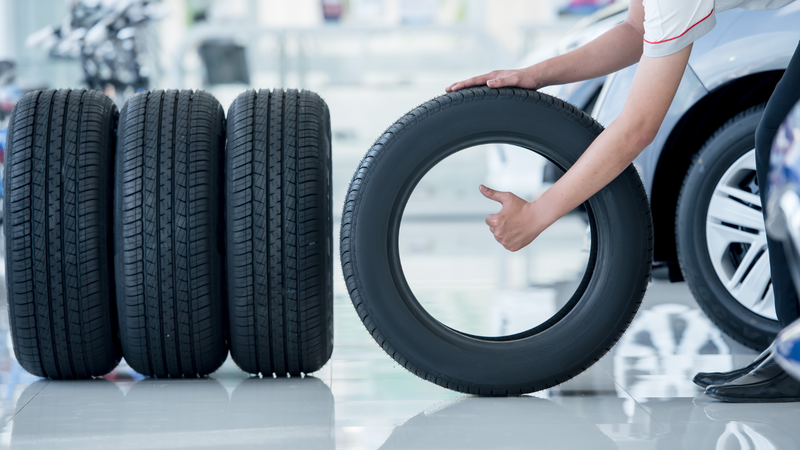Taking proactive measures to care for your car during the monsoon season is vital to ensure your safety and maintain the longevity of your vehicle.
As the rainy season approaches, it's crucial to ensure that your car is ready to handle the challenges that come with monsoons. Heavy rains, flooded roads, and increased humidity can take a toll on your vehicle's performance and longevity.
Remember to regularly inspect, maintain, and protect various components of your car, such as tires, brakes, visibility features, electrical system, exterior, and engine. With proper care, you can confidently navigate through the rainy season and enjoy a safe driving experience.
To help you keep your car safe and reliable during this season, we've compiled a comprehensive list of monsoon car care tips
1. Inspect and maintain the tires

Check your tire treads and ensure they are in good condition. Worn-out treads reduce traction and increase the risk of skidding on wet roads. Also, maintain proper tire pressure as recommended by the manufacturer. Adequate pressure ensures better grip and stability. Consider switching to quality all-weather or monsoon tires, specifically designed to handle wet conditions.
2. Check the braking system
The braking system is critical for your safety, especially during monsoons. Get your brake pads, discs, and drums inspected by a professional. Replace any worn-out components immediately. Spongy or unresponsive brakes could indicate a problem with the brake fluid or hydraulic system, so have them checked as well.
3. Protect the electrical system
Inspect the battery and ensure it's in good health. Monsoon humidity can cause electrical issues. Clean and tighten the battery connections to prevent corrosion. Consider applying a layer of petroleum jelly to the terminals for added protection. Inspect the wiring and fuses, and address any signs of damage or moisture.
4. Maintain effective visibility

Proper visibility is essential when driving in heavy rain. Ensure that your windshield wipers are in good condition and replace them if needed. Apply a water-repellent coating to the windshield to improve rainwater runoff. Check all lights, including headlights, taillights, indicators, and fog lights, and replace any faulty bulbs.
5. Keep the exterior clean and protected
Regularly wash your car to remove dirt, grime, and acidic rainwater residue. Apply a high-quality wax or paint sealant to protect the paintwork. Clean the underbody to remove mud, salt, and other debris that can lead to corrosion. Consider rust-proofing vulnerable areas, such as the chassis and wheel wells.
6. Service the engine and fluids

Regularly service your engine to maintain optimal performance during the monsoons. Replace the air filter and spark plugs if needed. Check and top up all fluids, including engine oil, coolant, brake fluid, and windshield washer fluid. Consider using a fuel additive to prevent water accumulation in the fuel tank.
7. Prevent water ingress
Inspect and replace worn-out rubber seals around doors, windows, and the trunk. Apply a silicone-based lubricant to keep the rubber seals supple. Check for any leaks or gaps in the weather stripping that could allow rainwater to enter the cabin. Make sure the sunroof drains are clear and functioning properly.
8. Be prepared for emergencies

Carry essential items like a spare tire, jack, toolkit, and first aid kit in your car at all times. Keep an emergency kit with items such as a flashlight, spare batteries, reflective warning triangles, rain gear, and a portable phone charger. Familiarise yourself with the emergency hotline numbers and keep them handy.




